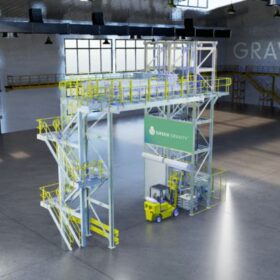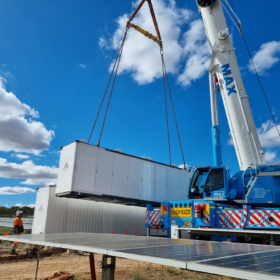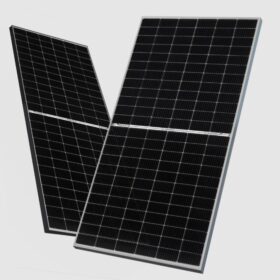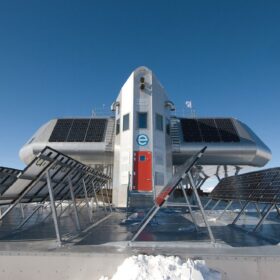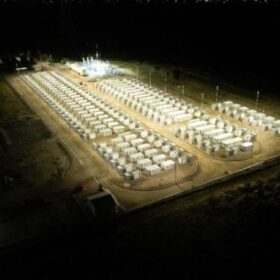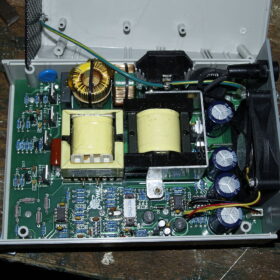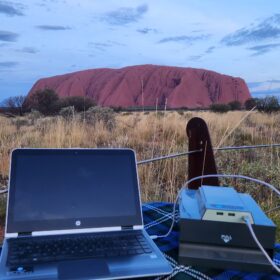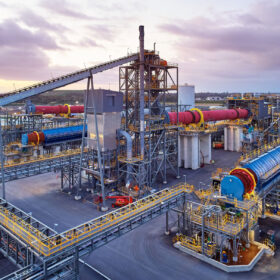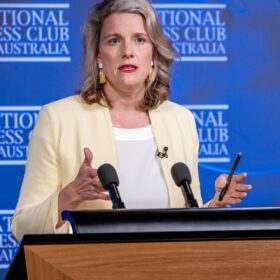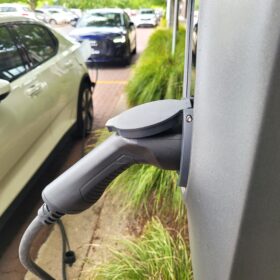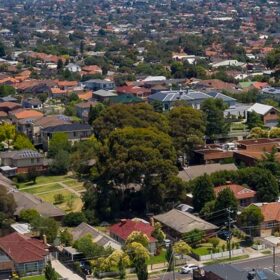Green Gravity links with miner to fast track gravity energy storage tech
Australian renewable energy startup Green Gravity has teamed with underground mining contractor RUC to accelerate the commercialisation of its gravitational energy storage technology which rests on moving weighted objects through disused mine shafts.
Company developing neighbourhood battery portfolio looks to reform tariffs, connection criteria
Australian developer ACEnergy is building an initial portfolio of 10 neighbourhood batteries totalling 50 MW/100 MWh across Victoria and New South Wales. The company is also engaging networks to lobby for reforms to the connection process and tariff structure in light of grid support the technology can offer.
Test shows higher yield, lower degradation for n-type solar modules
Research carried out by China‘s National Photovoltaic Quality Inspection Center shows that new n-type TOPCon modules are living up to their promise, outperforming the previous generation of p-type PERC products. Data gathered over six months from a fixed-tilt PV system showed that the n-type products produced 3.69% more energy, and also suffered much lower performance losses.
Weekend read: The world’s coolest solar
The world’s most efficient energy network, at an Antarctic research base, has had a solar upgrade, reports Tristan Rayner.
Solar passports to support PV waste management in India
A new study proposes blockchain-based solar passports to address the PV waste management challenge in India. It says such a framework would enable transparent tracking and verification of PV panels throughout their life cycle.
‘Renewables will eat itself’: analysts’ megatrend prediction
Over the next five to 15 years, batteries will undercut the business case for major transmission and interconnector projects. These assets will nonetheless likely be built, decreasing price spreads and eating into the revenues of batteries, solar and storage analyst Warwick Johnston predicts.
Impact of solar module soiling on grid-forming inverters
New research from Serbia claims air-polluted urban climatic conditions may not only induce maximum power point (MPP) tracking problems in PV systems but also reduce power yield by up to 30%. The scientists also said that soiling may significantly affect the functionality of single-stage inverters operating in grid-forming mode.
Aussie entrepreneur launches 6 kW / 7.2 kWh mobile solar generator
Decarbon Venture, a startup cofounded by an outback-living Australian entrepreneur, has launched what it claims to be the world’s first “swappable” solar generator at half the weight and double the power rating of other products on the market.
How much will Australia realistically achieve with its critical minerals?
A panel of experts debated how plausible it is for Australia to enter the battery manufacturing space, and acting-CEO of one of the only companies to produce lithium hydroxide in Australia, IGO, discussed the acute challenges of setting up a refinery onshore during the WA Renewables and Critical Minerals Superpower Summit on Monday.
‘Really serious’ problems cybersecurity breaches pose in Australia’s DER near future
In two to three years, the number of DER control devices plugged into Australia’s national grid are predicted to hit critical mass, bringing with it the potential for wide-scale ramifications in the event of a successful cyberattack. The second in a two part series, pv magazine Australia outlines what the consequences could involve.
